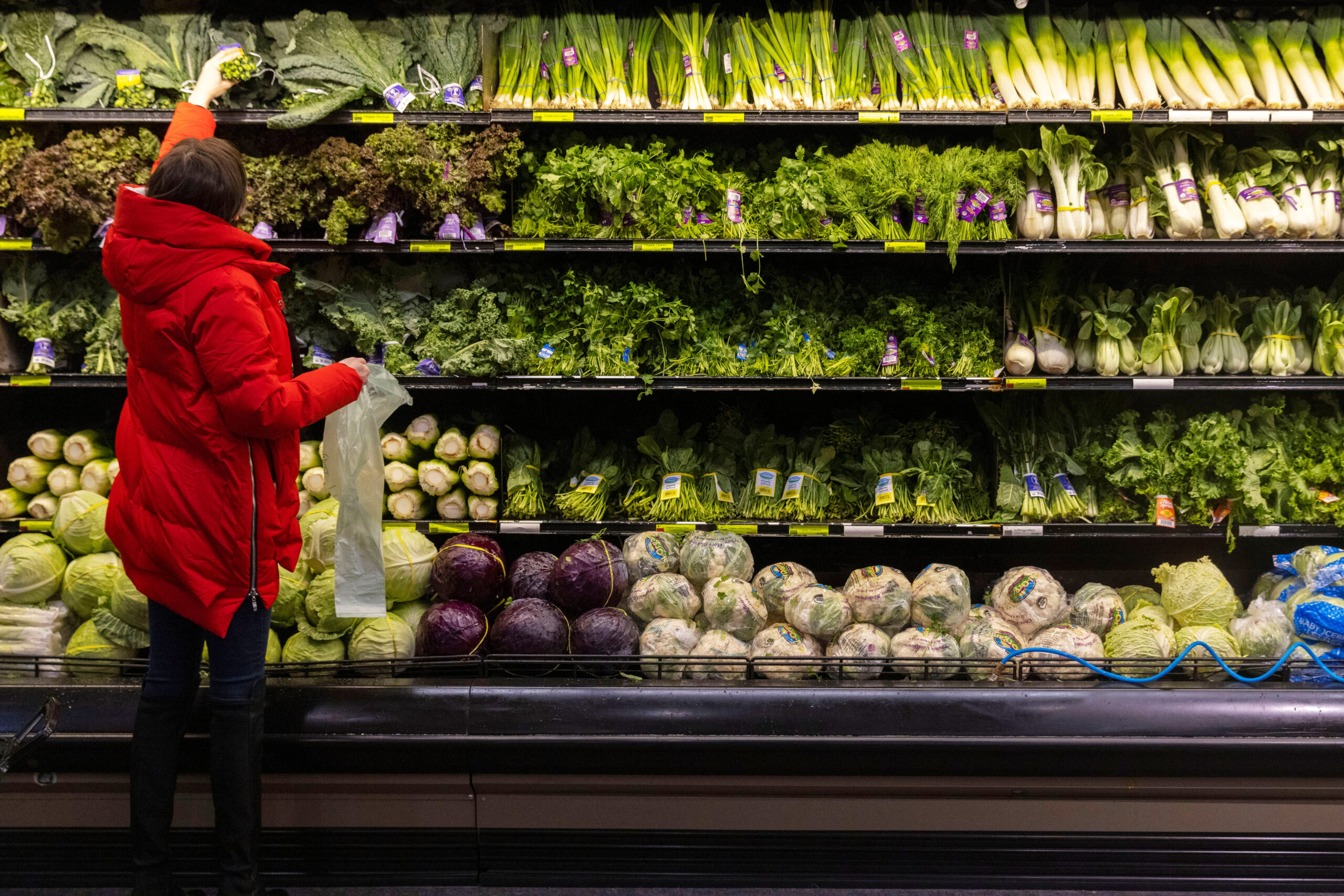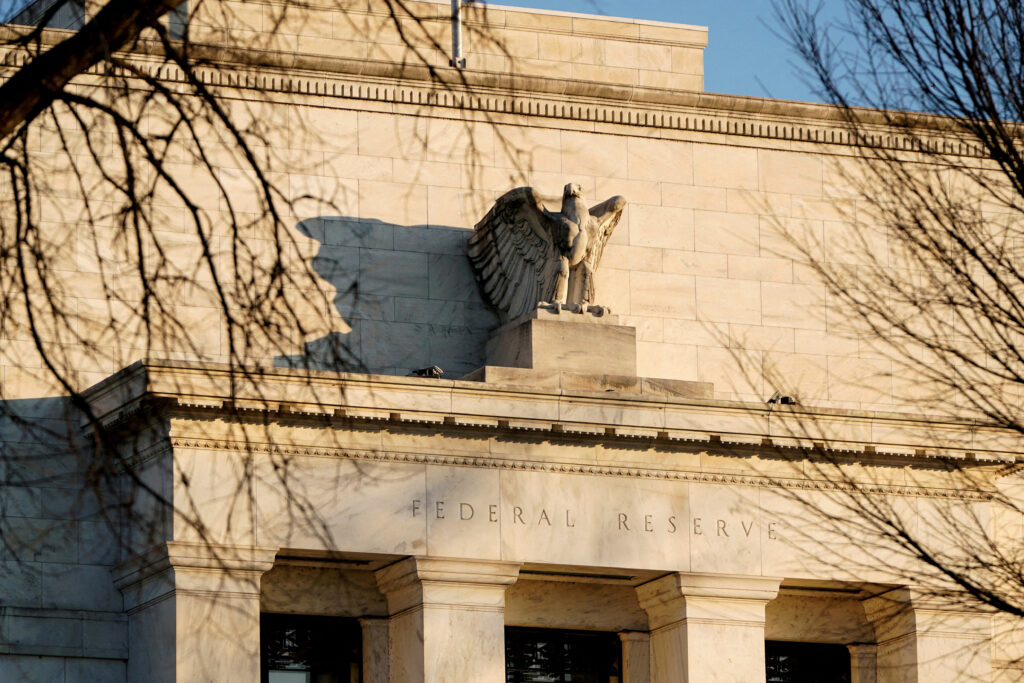WASHINGTON – U.S. consumer prices rose slightly in August, but underlying inflation showed some stickiness amid higher costs for housing and other services, further dashing hopes of a half-point interest rate cut from the Federal Reserve next week.
The mixed inflation report from the Labor Department on Wednesday followed data last week showing the labor market still cooling in an orderly fashion in August, defying fears of a sharp deterioration, with the unemployment rate retreating from a near three-year high touched in July.
Financial markets boosted the chances of a quarter-point rate cut next Wednesday and sharply lowered the probabilities of a 50 basis point reduction.
“The road to normal inflation hit a bump in August as lingering pressures for housing and service costs once again cropped up,” said Ben Ayers, senior economist at Nationwide. “This should clinch a smaller, 25 basis points rate cut from the Fed next week as Fed officials remain wary to feed any lingering price momentum for the economy.”
The consumer price index increased 0.2% last month after rising by a similar margin in July, the Labor Department’s Bureau of Labor Statistics said. The rise in the CPI was in line with economists’ expectations.
Food prices edged up 0.1% after climbing 0.2% in each of the past two months. Grocery store food prices were unchanged as increases in the costs of meats, fish, eggs, and dairy products were offset by decreases in the prices of nonalcoholic beverages, fruits, and vegetables.
The costs of energy products dropped 0.8% after being unchanged in July. Gasoline prices fell 0.6%, while electricity was 0.7% cheaper and natural gas cost 1.9% less.
In the 12 months through August, the CPI advanced 2.5%. That was the smallest year-on-year rise since February 2021 following a 2.9% increase in July.
Prices increased at a 1.1% annualized rate in the past three months, indicating that a disinflationary trend was now firmly entrenched, allowing policymakers to focus more on the labor market in their quest to sustain economic expansion.
The U.S. central bank, which has a 2% inflation target, tracks the Personal Consumption Expenditures price (PCE) indexes for monetary policy. Government data last week showed nonfarm payrolls increasing below expectations in August but the unemployment rate falling to 4.2% from 4.3% in July.
The labor market is cooling amid a significant moderation in hiring, reducing the risks of inflation reigniting. In addition, oil prices have dropped and supply chains have improved considerably. Market rents continue to trend lower, which suggests the official rent measures will move down at some point.
Financial markets saw a roughly 15% probability of a 50 basis points rate cut at the Fed’s Sept. 17-18 policy meeting, down from 29% before the CPI data was published, according to CME Group’s FedWatch Tool. The odds of a quarter-point rate reduction were around 85%, up from 71% earlier.
The central bank has maintained its benchmark overnight interest rate in the current 5.25%-5.50% range for a year, having raised it by 525 basis points in 2022 and 2023.
Stocks on Wall Street were trading lower. The dollar rose against a basket of currencies. U.S. Treasury prices fell.
GRADUAL RATE EASING
“Prospects for a gradual, rather than aggressive, rate-cutting cycle should be embraced by investors,” said Elyse Ausenbaugh, head of investment strategy at J.P. Morgan Wealth Management. “That would reflect broader economic health, and a normalization of activity as the vestiges of pandemic-era distortions fizzle away.”
Annual consumer price growth has slowed considerably from a peak of 9.1% in June 2022 as higher borrowing costs curb demand.
Excluding the volatile food and energy components, the CPI climbed 0.3% in August after rising 0.2% in July. The so-called core CPI, seen as a measure of underlying inflation, was boosted by a 0.5% rise in shelter, which includes rents and hotel and motel accommodation, after advancing 0.4% in July.
Owners’ equivalent rent, a measure of the amount homeowners would pay to rent or earn from renting their property, rose 0.5% after advancing 0.4% in July.
Economists were, however, unperturbed by the rise, which they attributed to sampling noise. They also pointed to the moderation in market rent increases. The rise in rents is unlikely to drive up the PCE price measures as rents have a smaller weighting compared to the CPI basket.
Based on the CPI data, economists estimated that the core PCE rose 0.2% in August, matching July’s gain. That forecast could change after the producer price data on Thursday.
The cost of household insurance shot up 0.8% after being unchanged in July. Airline fares rebounded 3.9% after declining 1.6% in July. Motor vehicle insurance also costs more, though the pace of increase slowed from the prior month.
The cost of lodgings, including hotel and motel rooms, surged 2% after rising 0.2% in July. Healthcare costs fell for a second straight month. Overall, services costs rose 0.3% for the second consecutive month. Services less rent of shelter gained 0.1% after being unchanged for two straight months
Goods prices extended their decline, with a 0.1% drop in August. They were pulled lower by a 1.0% decrease in used car and truck prices as well as moderate declines in the costs of prescription medication and household furnishings. Core goods prices fell 0.2% after slipping 0.3% in July.
In the 12 months through August, the core CPI increased 3.2%. Core inflation rose by the same margin in July. It increased at a 2.1% rate in the last three months.
“Every measure of pipeline price pressures still is giving a clear benign steer on the inflation outlook,” said Ian Shepherdson, chief economist at Pantheon Macroeconomics. “We continue to expect core CPI inflation to ease over coming months, reaching 2% in the first half of 2025.”
(Source: ReutersReuters)
Mark Glenn is a financial journalist and breaking news reporter for ABBO News. Mark is known for his ability to deliver real-time news updates on market developments, mergers and acquisitions, corporate earnings reports, and regulatory changes, helping investors stay informed and make sound financial decisions. Read Full Bio










